Technical SEO in Scottsdale AZ
The Importance of Technical SEO in Scottsdale
Having good technical SEO will ensure that your site will perform well on search engines, and will improve the visibility of your content. This includes several factors such as crawling, site architecture, canonical URLs and navigation links.
Crawling
Using a crawler to find and index pages is an important part of technical SEO. A crawler is a bot or robot that goes around the internet, following links, and collecting content from web pages. These pages are then analyzed and indexed by the search engine.
To improve the crawling process, you should create an XML sitemap. This makes it easier for the crawler to find the pages on your site. You can also create a sitemap yourself using various systems.
You should also use a canonical tag to avoid crawling duplicate content. This tag is not a directive, but it helps Googlebot know that the pages on your site should be indexed by the search engine.
Crawling is an important part of technical SEO, but it’s a very complicated task. There are many factors that affect the rate at which your pages are crawled. This includes the health of your site and your available server resources. You should also factor in your crawl budget.
Google has stated that page speed is a direct ranking factor. This means that your pages should load fast. You should also consider a static HTML version of your web pages to avoid crawling issues with javascript. If you’re not able to create a static HTML version, you should use a dynamic rendering service.
Your crawl budget should be used to optimize the pages on your site that you want to be indexed by the search engine. Google doesn’t have infinite resources to crawl every page on the web. You should allocate your budget to pages that you want to be indexed, and that are updated frequently.
Site architecture in Scottsdale
Ideally, a website should be organized to make it easier for users to navigate and search engines to understand. A good website architecture also helps search engines find and index new content. Creating a well-structured website is one of the most important aspects of technical SEO.
When you create a site architecture, you will have to decide how to group content on your site. This will define your site’s hierarchy and the content that will be most relevant to the users. You will also have to decide where to place your content, so it can be indexed by search engines.
You should use internal links to link your content to other pages of your site. This not only makes it easier for your users to navigate your site, it also gives you a way to highlight your most important pages. It can also improve your Google rankings.
If your site is ecommerce, you should have categories for your products and services. This will allow your users to find the products and services they are looking for. However, you may not need category pages for a small website. You can use other methods to make it easier for visitors to find what they are looking for.
You may also want to use semantic microformats, which are expected to be given value by search engines. This means that your website will be more likely to be found by search engines when they are searching for relevant content.
Navigation links
Using SEO-friendly navigation can help your site perform better in search engines. This can include a variety of techniques. These include adding overlooked pages, creating a sitemap, and working with user experience teams to determine the most effective linking structure.
The most obvious way to optimize navigation for SEO is to use the right keywords. This will drive organic search traffic and ensure that the search engines understand the content on your site. It is important to keep in mind that search engines cannot read design elements such as colours or images.
You should also use descriptive navigation to make it easier for users to find what they are looking for. Descriptive navigation uses keyphrases to convey information, rather than the exact keyword phrases that may result in a cluttered visual experience.
Aside from using descriptive navigation, you may also want to consider using canonical tags. These are especially useful for eCommerce websites with a large number of products. These tags will tell web crawlers to pick the most appropriate version of the page.
You can also use CSS image replacement to present navigational images to browsers. Search engines cannot index images, but they can see the HTML text.
If you have a large number of internal links, you may want to consider using a dropdown menu. This will allow you to create a secondary list of links when the user hovers over them. The main benefit of this type of menu is that it allows users to navigate easily within a section of the site.
XML Sitemap
XML sitemaps are a great way to get Google to find your site faster. These documents contain all of your website’s URLs in a single file. They are easy to read and help search engine crawlers find essential content faster.
If you’re a new site, XML sitemaps are an excellent way to tell Google what your website is all about. They can also be a valuable tool for optimizing your site, as they help search engines find your site’s most important pages. If you have a lot of pages to crawl, you might consider creating multiple XML sitemaps.
One of the easiest ways to submit an XML sitemap is via Google’s Search Console. This site can help you check your site’s XML sitemap for errors and provide feedback on crawlability issues.
Google rewards sites that contain the right content. For example, if you have a product page with a description of fewer than 50 words, Google won’t index it. Fortunately, you can easily find the best pages for your site using the Search Console.
Another interesting fact is that Google ranks XML sitemaps. It rewards a site’s XML sitemap for technical SEO as well as the site’s other pages.
There are a few tricks to optimizing your site’s XML sitemap. First, make sure that all of your URLs are coming from the same host. You can use a sitemap generator tool to create a sitemap for you or write a XML sitemap manually.
Hreflang tags
Using hreflang tags to serve users in a specific language or region is essential to technical SEO. It improves SEO rankings for national and international audiences. It also provides consumers with a better user experience.
For example, a restaurant chain may have different menus, prices, and information for each country. The restaurant website may redirect users to the correct language depending on the user’s browser settings. This is important for non-English speakers.
For websites with multiple versions of content, hreflang is a great way to optimize SERPs. It can help increase traffic levels and lead to more conversions.
You can use an XML sitemap to make it easier to implement hreflang tags. This method is better suited for large websites with many pages. Using a sitemap allows you to specify alternative URLs for each page. It will also allow search engines to index your pages. It can also help prevent page loading speed from slowing down.
Some tools can speed up hreflang tag generation. These tools will allow you to paste a URL into a text box, select a search engine bot, and display a results page. It will also allow you to check your indexed pages and hreflang tags.
Another way to use hreflang is to include it in the HTTP headers. This is especially important if your site serves content in different languages. It helps Google serve the correct version of the web page to users.
Canonical URLs
Using canonical URLs is a great way to help Google understand your site. It also gives you a way to protect your original content from duplicates. It can also help improve your site’s SEO.
While canonical URLs are helpful, they are not a one-size-fits-all solution. You should take the time to consider which pages need them before implementing them. Some sites create multiple versions of a page, while others have content that varies based on language or content management systems.
The correct implementation of canonicals can significantly impact your ranking and overall SEO. Incorrect use can lead to undesirable versions being selected.
If your site has multiple page versions, it is best to pick one as your canonical. The new ‘Inspect URL’ tool from Google Search Console can help you choose the best canonical URL.
Google Search Console also offers a new ‘Fetch as Google’ feature, which can help determine if your canonical URL is being indexed. The new tool shares HTTP headers with Google, allowing you to see which canonical URLs are being indexed.
If your site is eCommerce, you may have multiple hierarchies of products. The same products may be sold under different names or in different languages. Using canonical URLs can help Google understand which version of a product is the original and which versions are merely variations.
Some sites add tags automatically, while others add them based on a user’s request. Some sites even add URL parameters for searches, sorts, and currencies.

